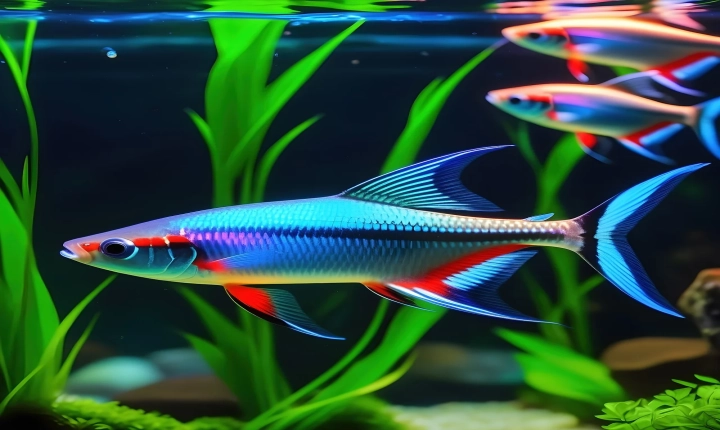Title: How to Check for ChatGPT Plagiarism: A Guide for Content Writers
In today’s digital age, content creation has become increasingly important for businesses and individuals alike. With the rise of AI-driven tools like ChatGPT, it’s now easier than ever to generate content quickly. However, this convenience also brings the risk of plagiarism. As a content writer, it’s essential to ensure that your work is original and free from any form of intellectual property theft. In this article, we’ll discuss how to check for ChatGPT plagiarism and maintain the integrity of your content.
1. Understand the Risks of ChatGPT
ChatGPT is an AI language model trained on a vast dataset of text from the internet. While it can generate impressive and coherent content, there’s a risk that the output might resemble or even directly copy existing content. This is known as chatGPT plagiarism, and can have serious legal and ethical implications for content creators.
2. Use Plagiarism Detection Tools
There are several online plagiarism detection tools available that can help you verify the originality of your content. Tools like Copyscape, Grammarly, and Turnitin are popular choices for content writers. Simply paste the content generated by ChatGPT into these tools to check for any similarities with existing content on the web.
3. Compare with Existing Content
Another effective way to check for chatGPT plagiarism is to manually compare the generated content with existing content on the web. Use search engines like Google to look for key phrases or sentences from the ChatGPT output. If you find verbatim matches, it’s crucial to revise the content to ensure its originality.
4. Utilize AI-Powered Content Analysis
AI-powered content analysis tools can provide deeper insights into the originality of your content. These tools employ natural language processing algorithms to identify similarities and overlaps with existing content. Some popular options include Quetext, Plagscan, and Unicheck.
5. Develop a Plagiarism Prevention Strategy
In addition to checking for plagiarism, it’s important to have a solid strategy for preventing it. This may include maintaining a clear record of sources, properly attributing quotes and references, and using trusted sources when conducting research. By following these best practices, you can reduce the risk of unintentional plagiarism in your content.
6. Seek Legal Advice if Necessary
If you suspect that your content may have been plagiarized by another party using ChatGPT or similar tools, seek legal advice to protect your intellectual property rights. It’s important to take any instances of plagiarism seriously and address them through the appropriate legal channels.
In conclusion, ChatGPT and other AI language models have revolutionized content creation, but they also bring new challenges in terms of plagiarism. As a content writer, it’s crucial to proactively check for chatGPT plagiarism and take steps to ensure that your content is original and ethically sound. By leveraging the tools and strategies outlined in this article, you can safeguard your work and maintain the integrity of your content in the digital landscape.
